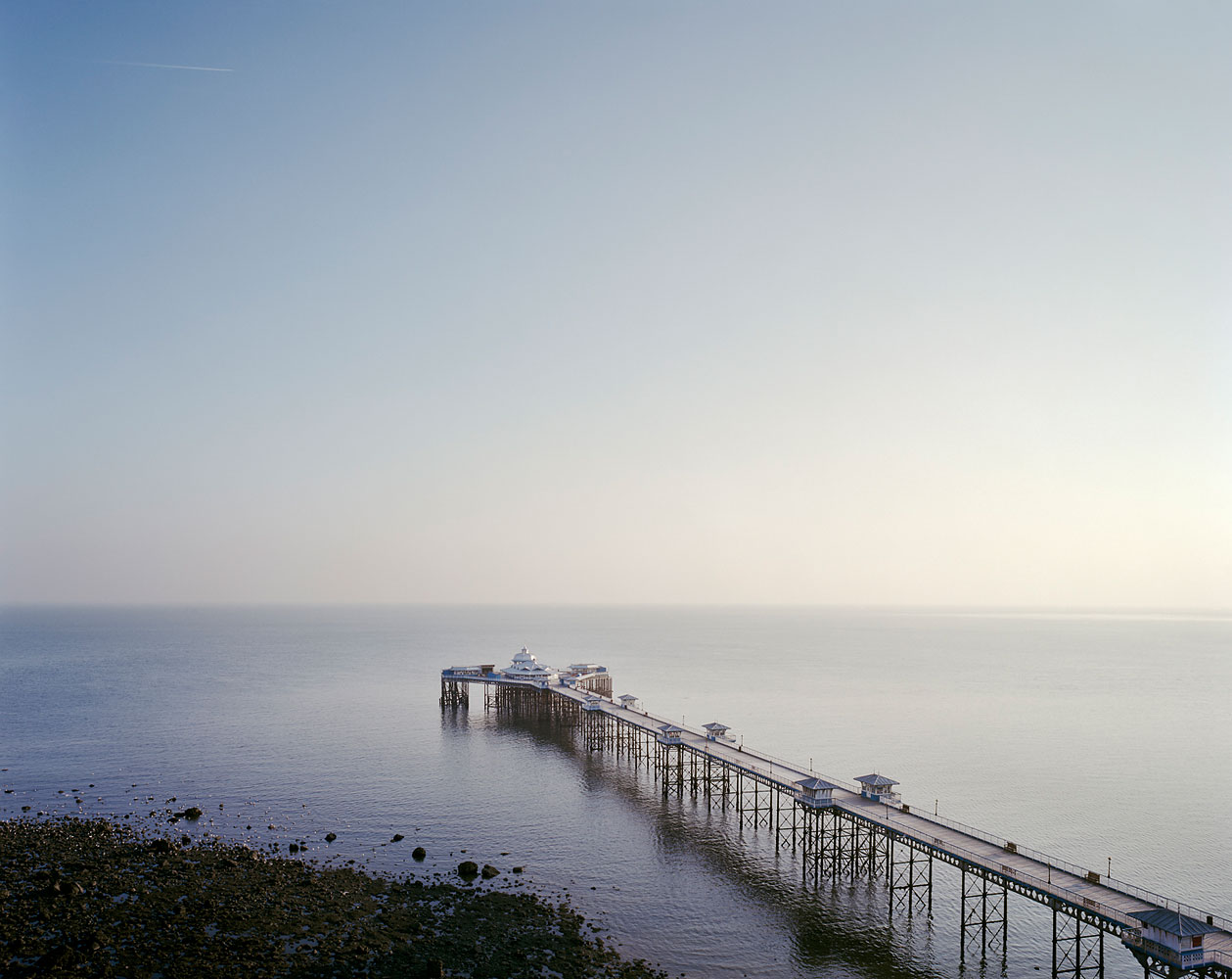
The unusually pleasant British summer is drawing to a close: beaches are emptying, ice-cream parlors are shutting up shop and the pleasure arcades are subsiding into an eerie, post-vacation silence. One thing, however, remains — and that is the pleasure pier.
The pleasure pier, a monument to the Victorian era and stalwart feature of many British coastal towns, was the inspiration behind photographer Simon Roberts’ latest project. Thirty-nine-year-old Roberts has spent the past three years traversing the coastline of Britain photographing these eccentric Victorian constructions. The result of his labors is Pierdom – a landscape format monograph featuring every single one of Britain’s remaining 58 piers, along with a handful of seascapes that mark where long-lost piers once stood.
The project started with a magazine commission in 2010 to photograph eight piers. “I started doing some research and I realized there was no contemporary photographic studies of piers,” said Roberts, who is based in the seaside town of Brighton on England’s south coast. “It seemed like the perfect time to create a kind of contemporary photographic archive of these Victorian structures. It became a kind of obsession – you can’t create an archive with half of the piers. Once you’ve started, you’ve got do them all.”
Each pier presented its own unique challenge. “It’s almost like every pier is asking to be photographed and you have to work out how to do it,” said Roberts. “I always responded to it exactly how the weather was on that day – I wanted get the effect of timelessness.” That meant no waiting around for the sun to come out but getting on with the job at hand, which might include persuading someone in an apartment to use their balcony or wading into the shallows to photograph the pier from beneath.
Roberts, who came to prominence in the mid-00s with his book Motherland – a comprehensive photographic account of Russia – decided back in 2007 to turn his lens on his homeland, England. His next project and second book was We English, which was a photographic study of English places of leisure. In many ways, Pierdom is a continuation of this; it has the same pulled-back style and features large-scale landscapes from elevated positions. “I’m interested in making quite complex photographs because I want people to really study them and look and ponder,” says Roberts. “By having a larger format with a lot of information, the only way to appreciate the photograph is to actually spend time with it.”
Roberts’ background in studying human geography at university taught him to view landscape critically, interrogating it for layers of cultural, political and economic meaning. And piers are richly endowed with this. Entrenched within the commercialization of the coast, and paralleled by the industrial development of the railway and canal systems, these visually-pleasing structures also pay homage to the opening up of seaside resorts to the burgeoning working and middle class societies in the Victorian era.
But the pleasure pier is more than a relic of times past. It is also something that is deeply embedded in British consciousness today, exercising a powerful emotional pull over many who have grown up or holidayed near one.
As somebody who has lived for the best part of 25 years practically within spitting distance of two piers – first, Swansea’s Mumbles pier in South Wales and, secondly, the Penarth pier also in South Wales – I am no exception to this. Perhaps it’s something to do with nostalgia. I have a host of feel-good memories connected to these wrought-iron structures: childhood hours spent playing on the slot machines with my brothers and re-enacting scenes from Titanic, drinking cups of hot chocolate with friends and saying ‘yes’ to the boy who asked me out while the sea sprayed salt around us. Yes, there’s certainly something special about Britain’s piers – and Roberts has more than tapped into that with his latest book.
Simon Roberts is a British photographer based in Brighton. His book Pierdom is available through Dewi Lewis Publishing. An exhibition showcasing the work opens Sept. 10 at the Flowers Gallery on Kingland Road, London.
Katie Harris is a UK-based journalist. Follow her on Twitter @katiebetharris.
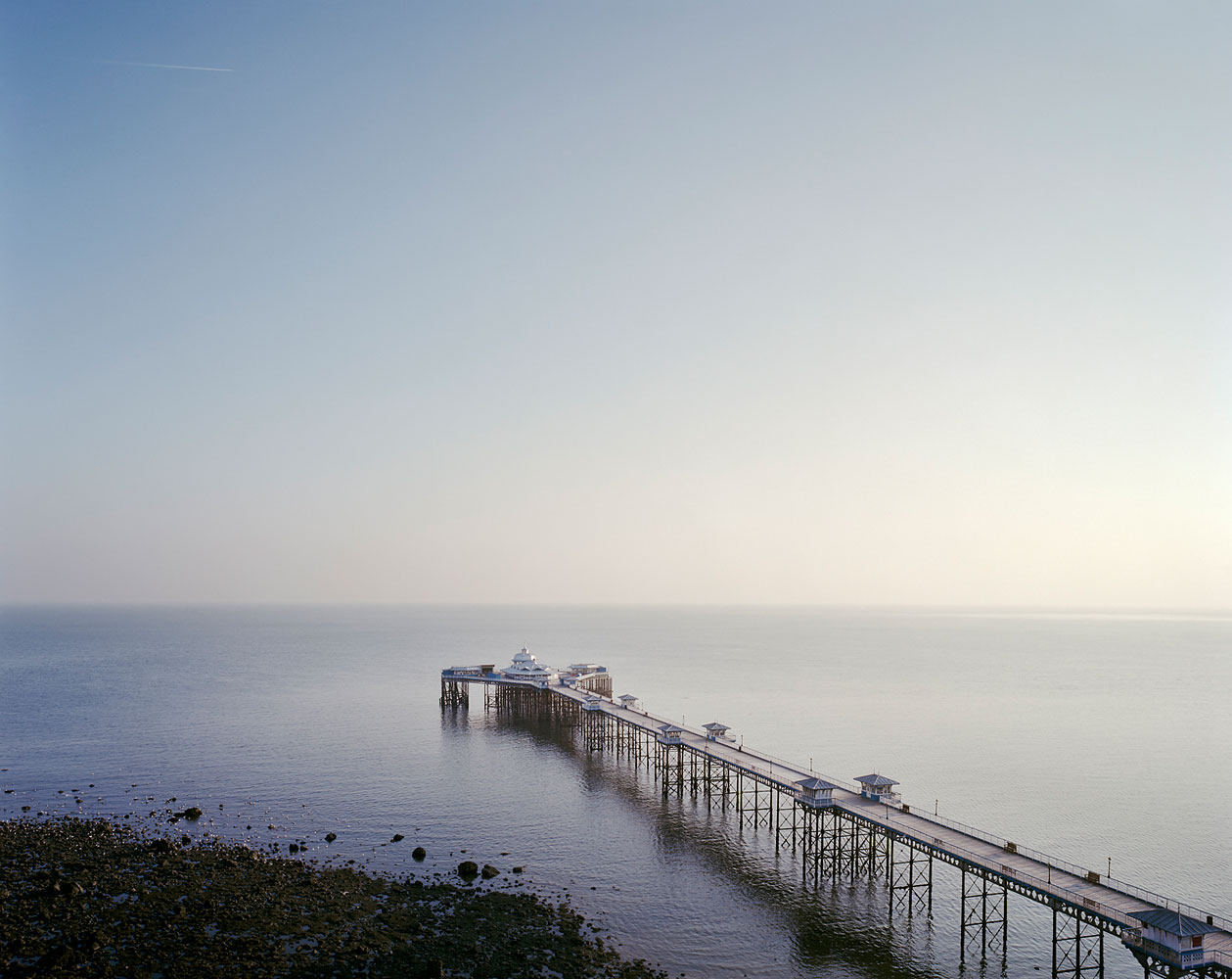


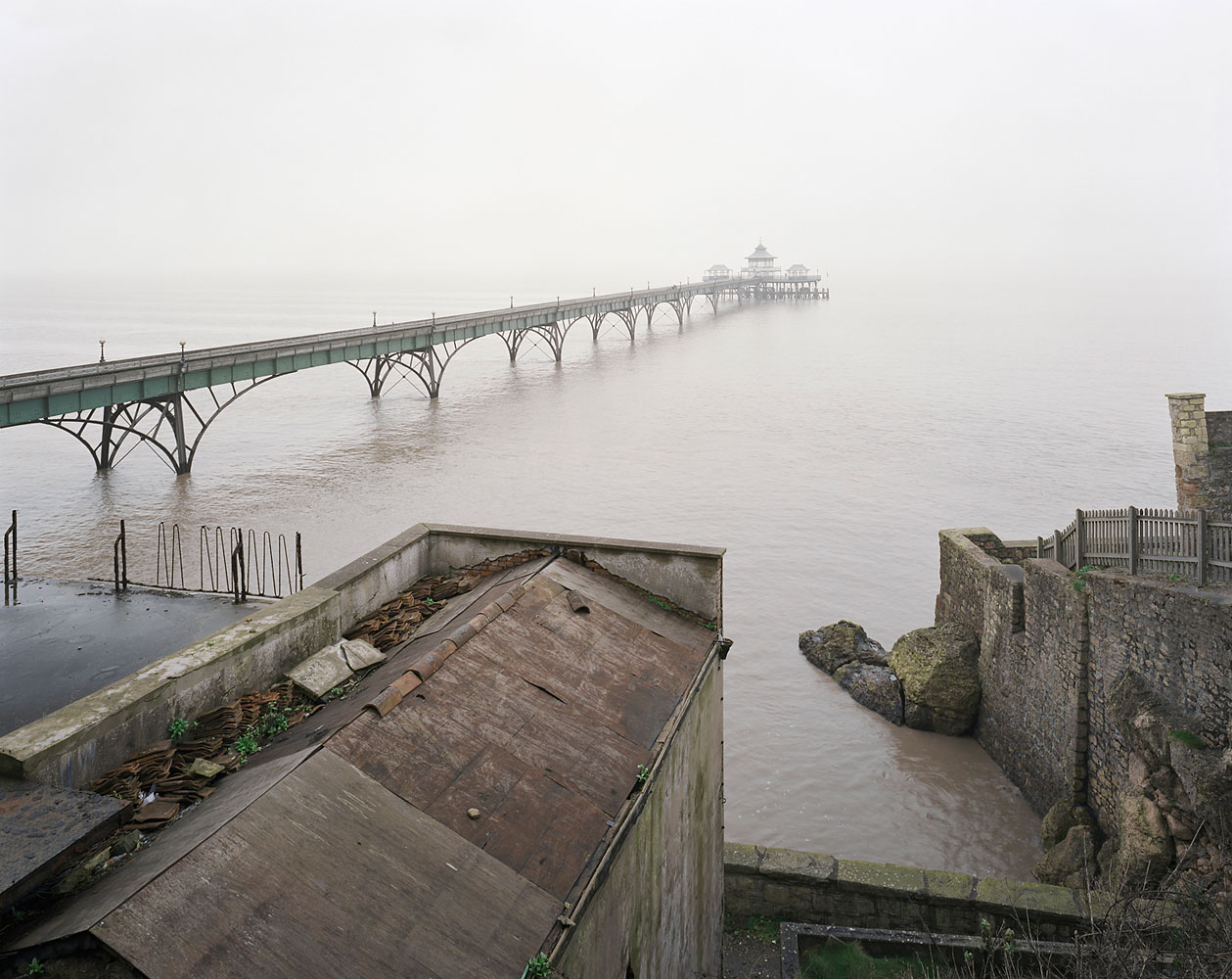

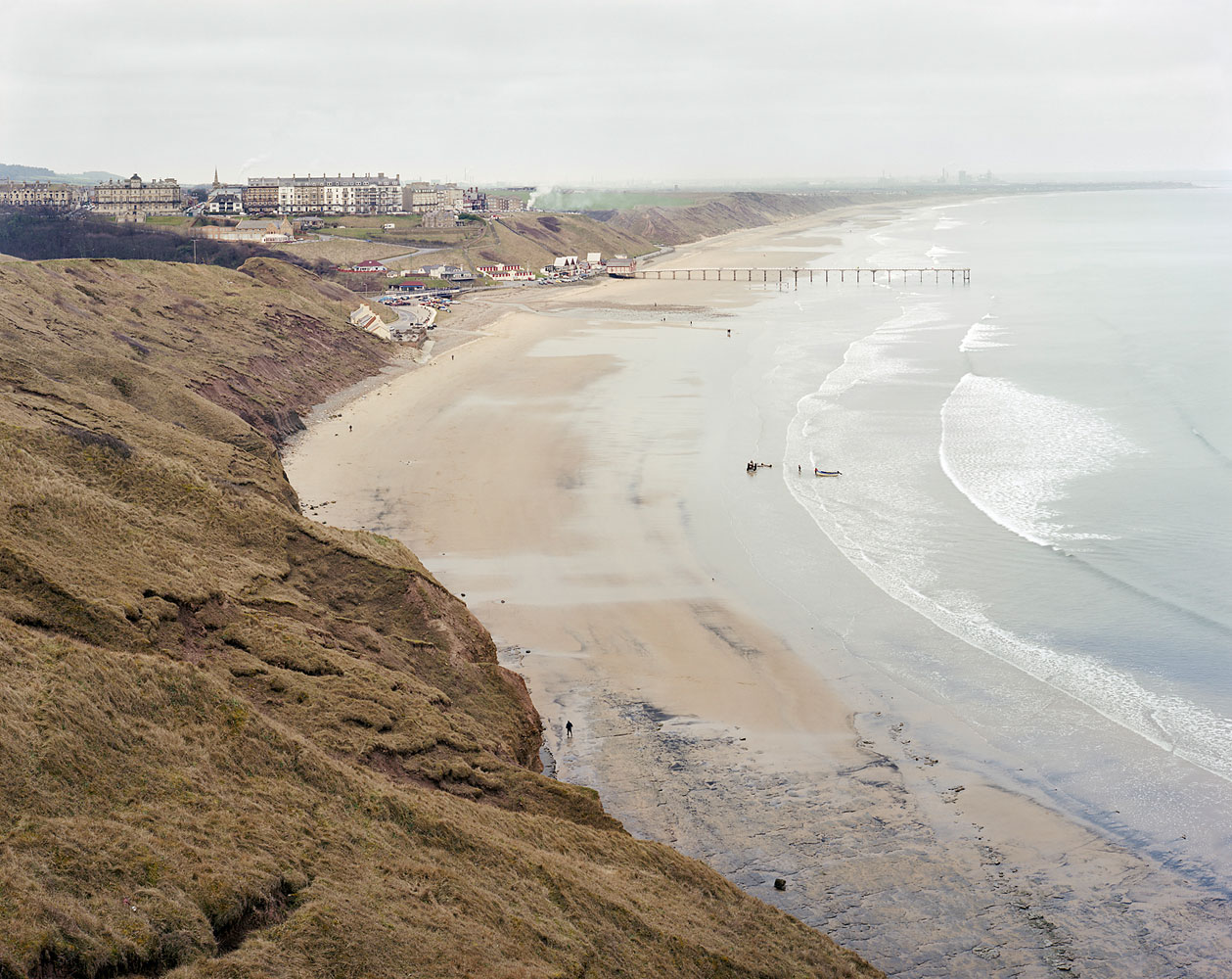
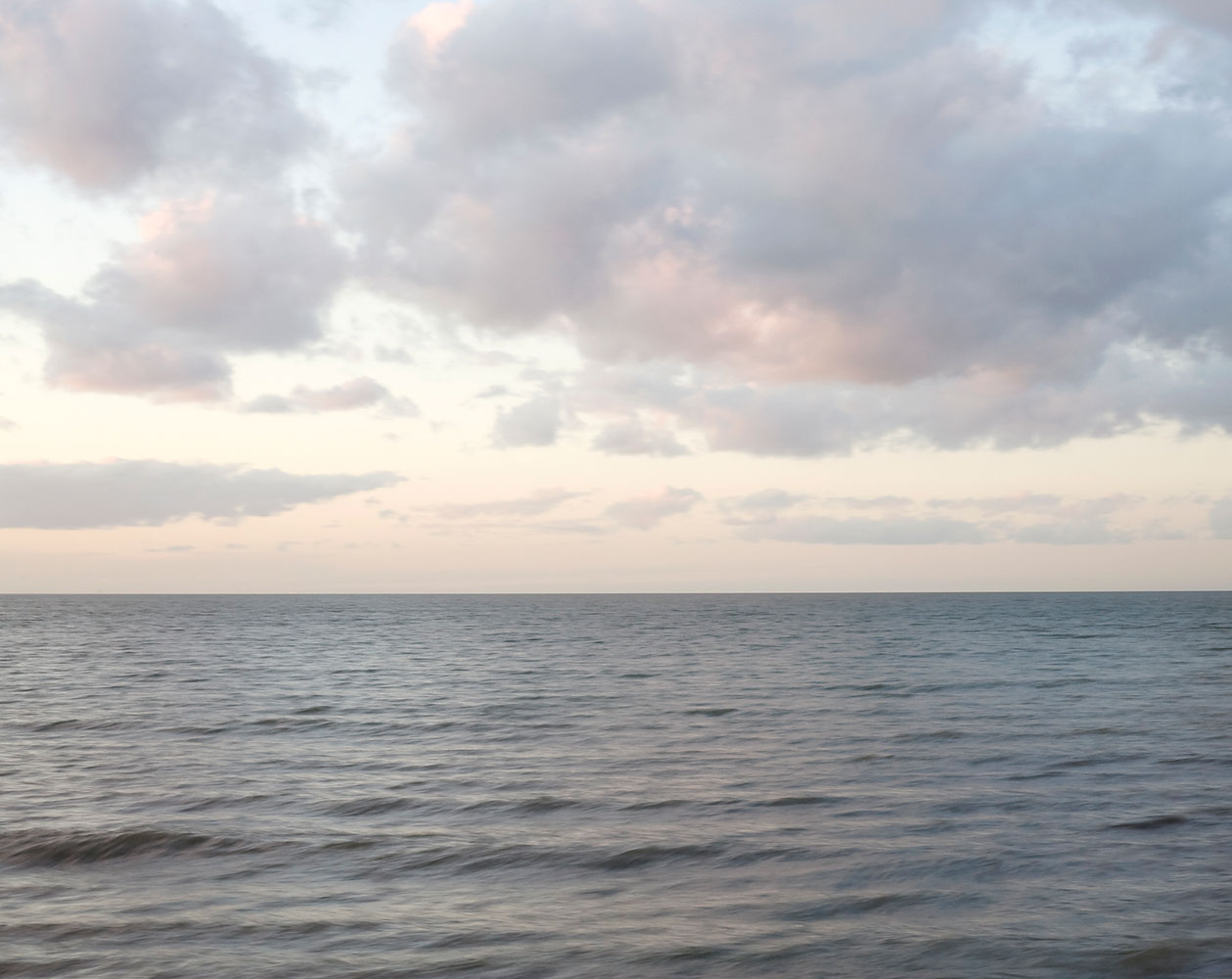

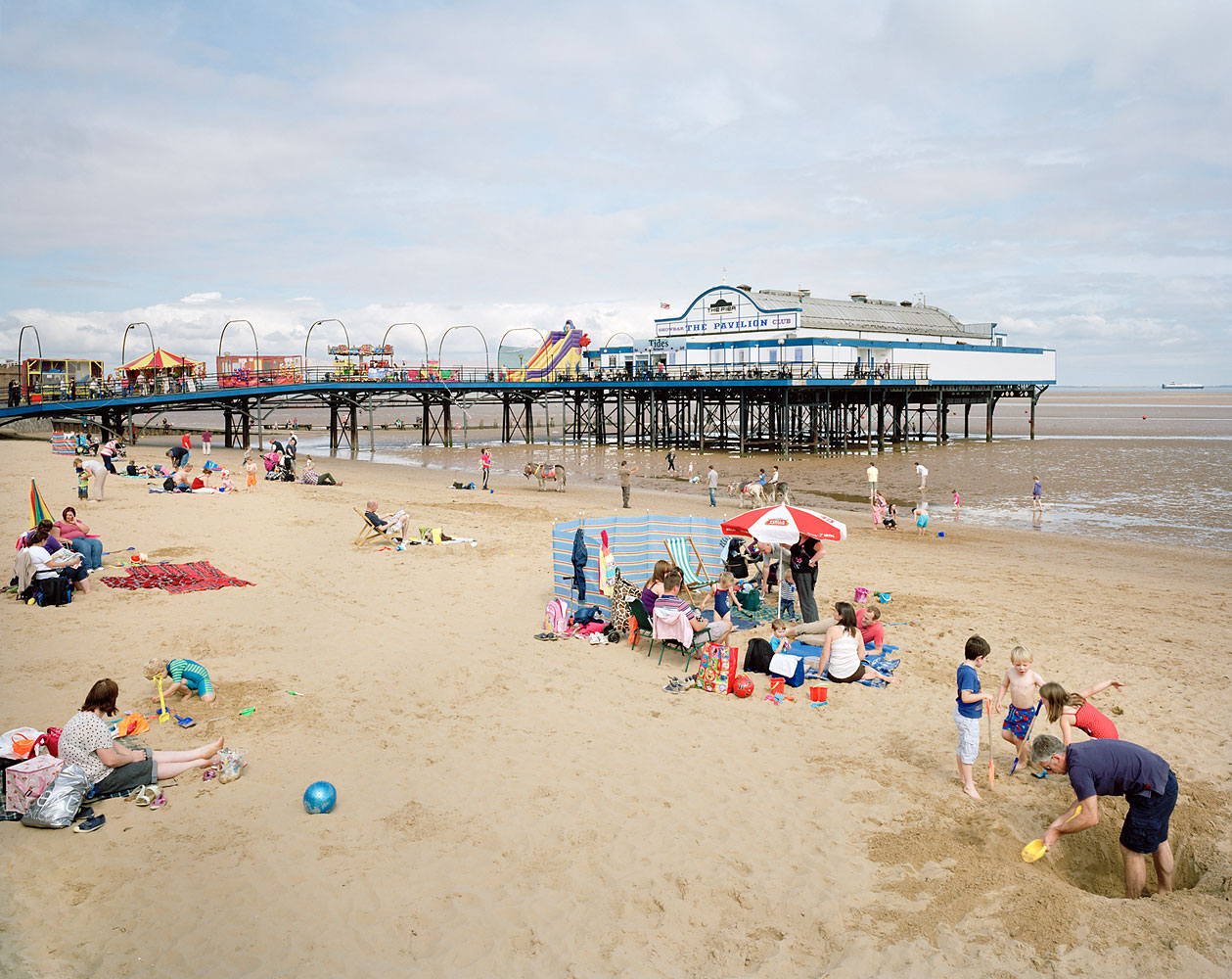


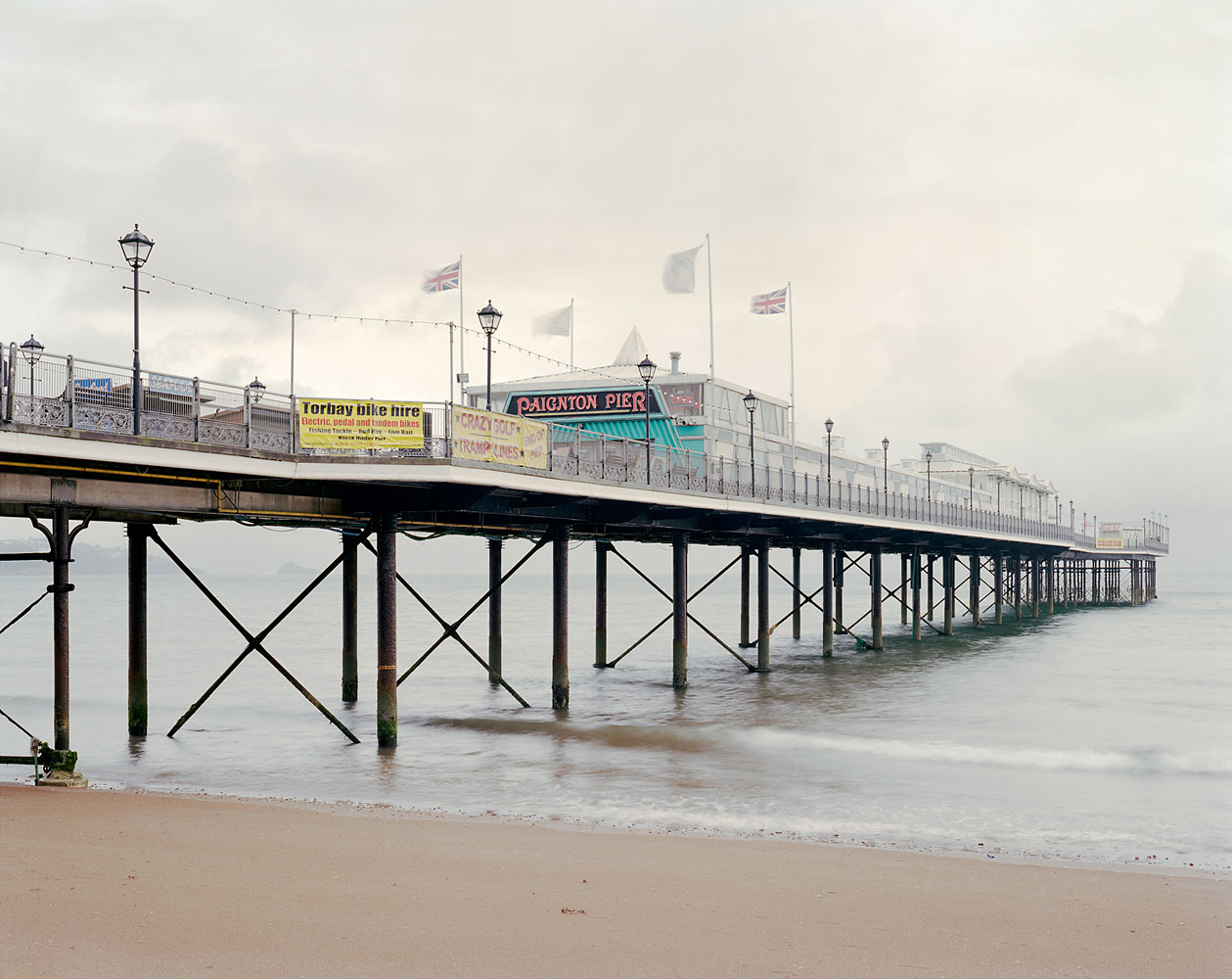
More Must-Reads from TIME
- Donald Trump Is TIME's 2024 Person of the Year
- Why We Chose Trump as Person of the Year
- Is Intermittent Fasting Good or Bad for You?
- The 100 Must-Read Books of 2024
- The 20 Best Christmas TV Episodes
- Column: If Optimism Feels Ridiculous Now, Try Hope
- The Future of Climate Action Is Trade Policy
- Merle Bombardieri Is Helping People Make the Baby Decision
Contact us at letters@time.com